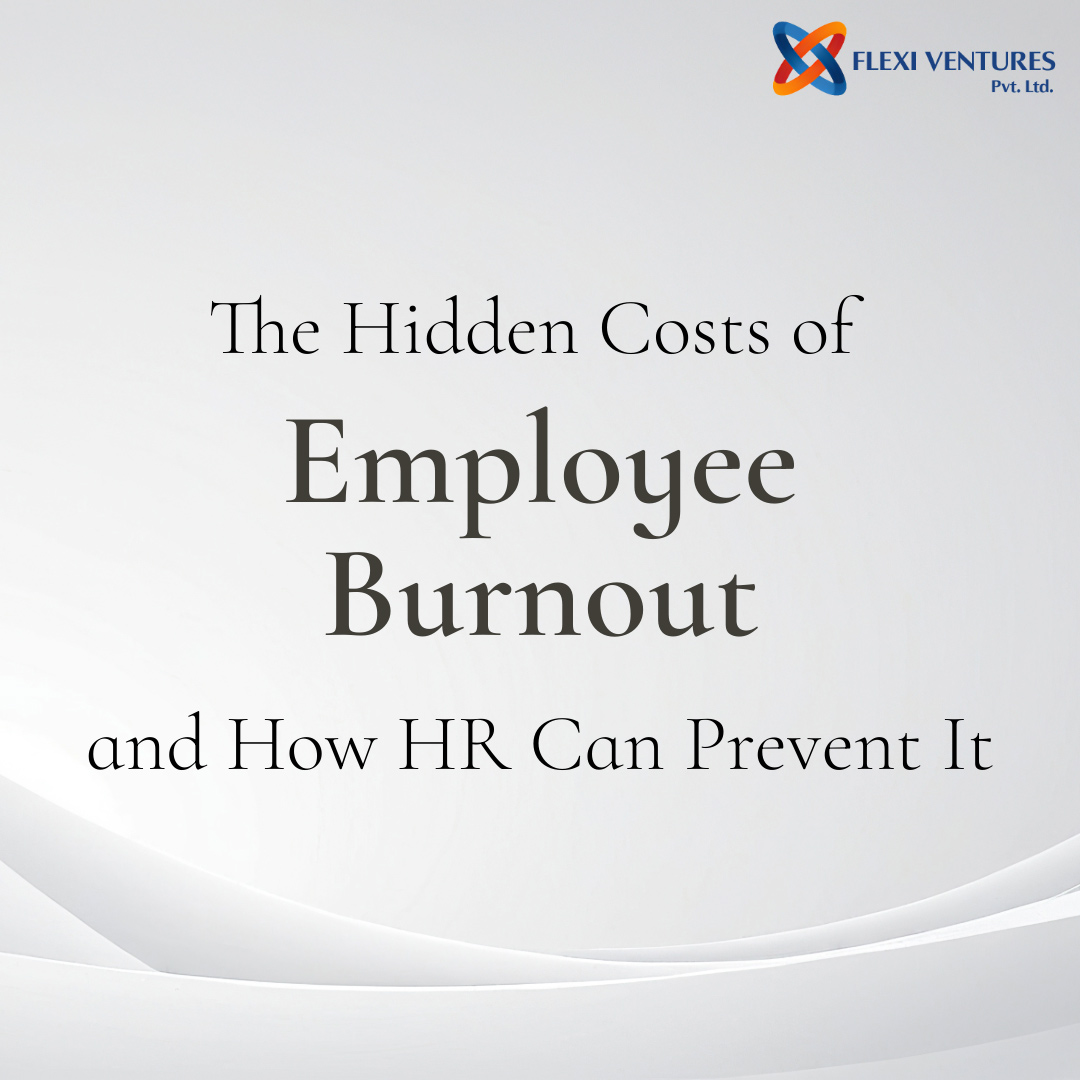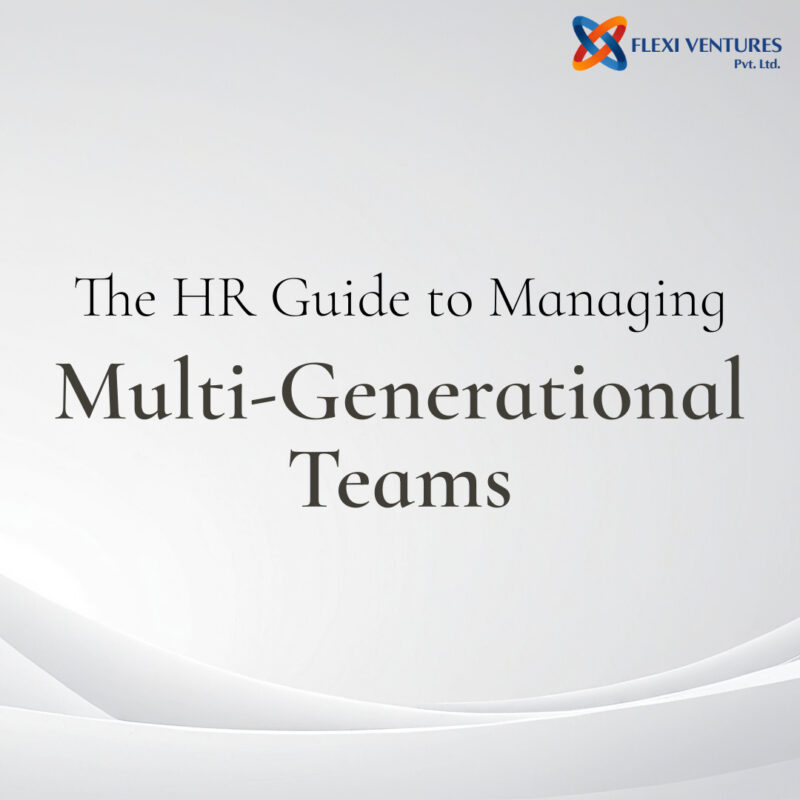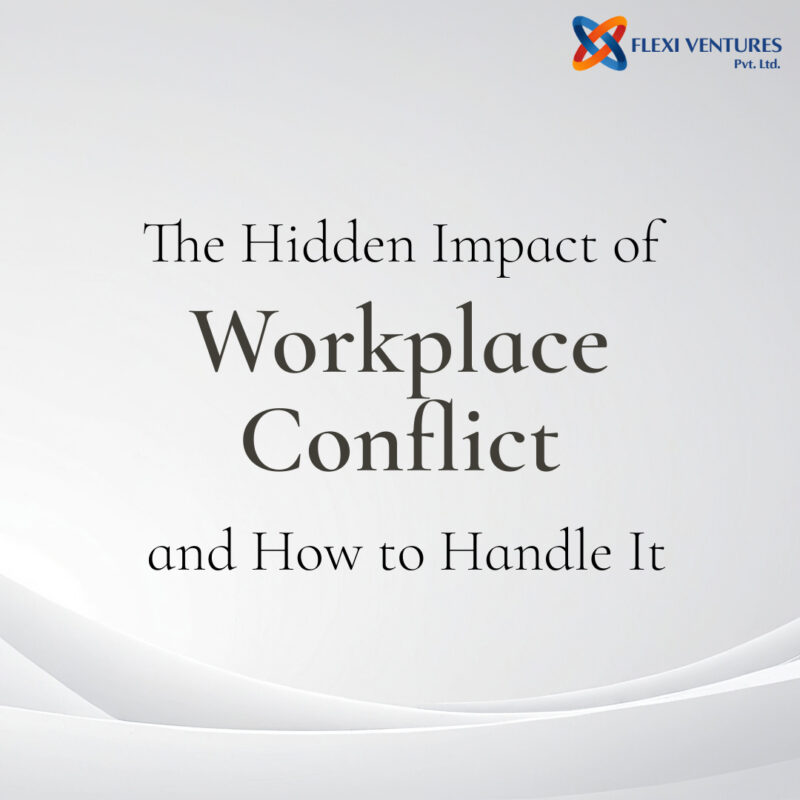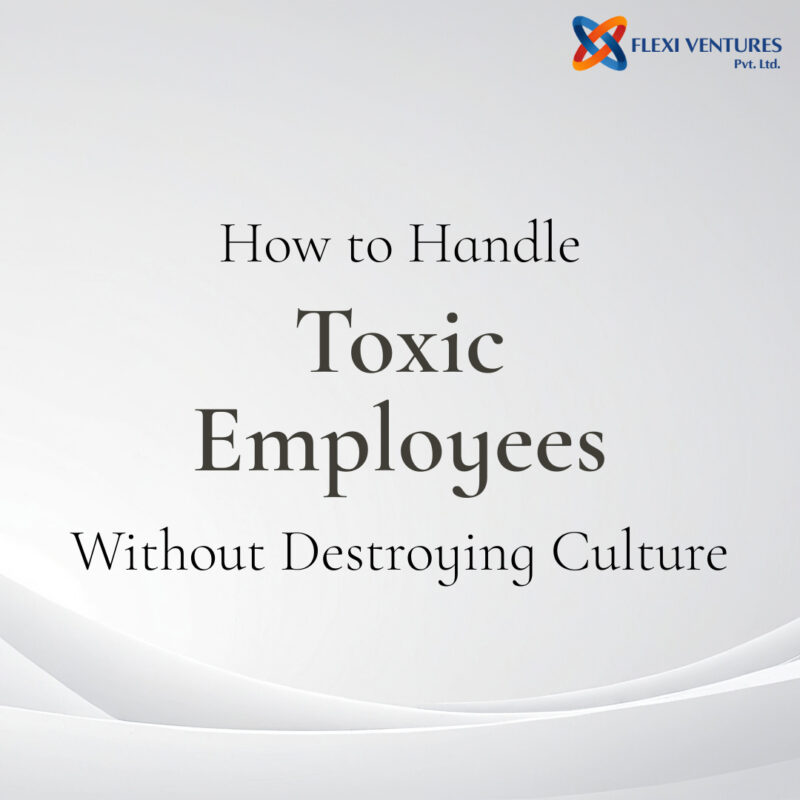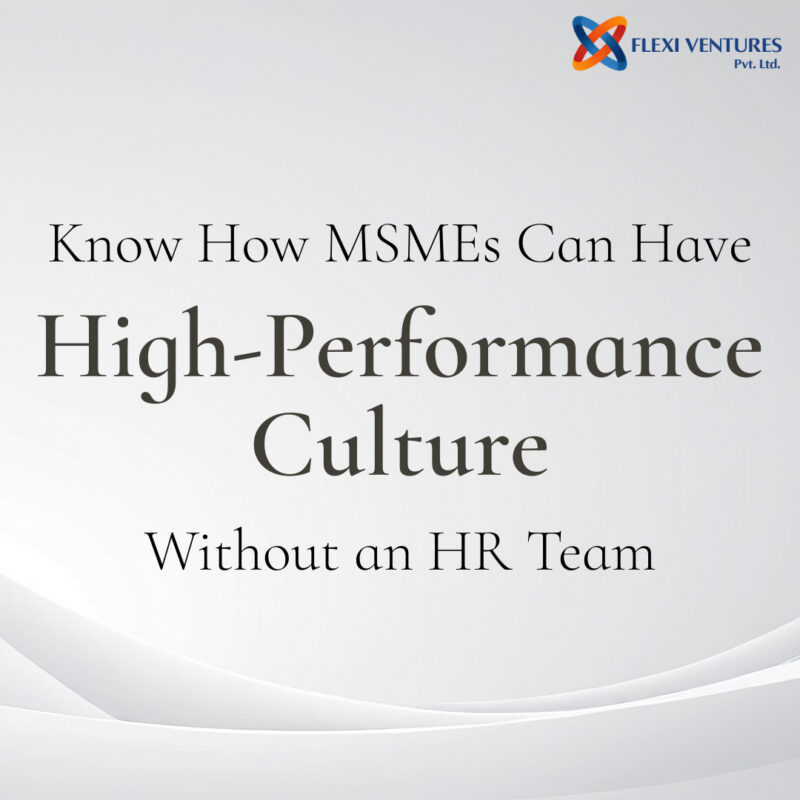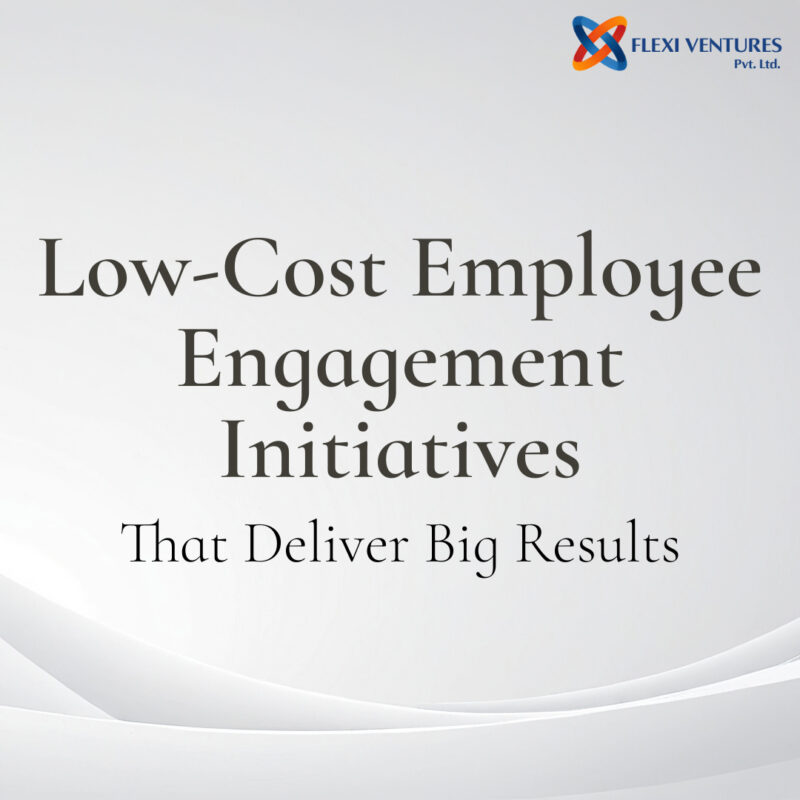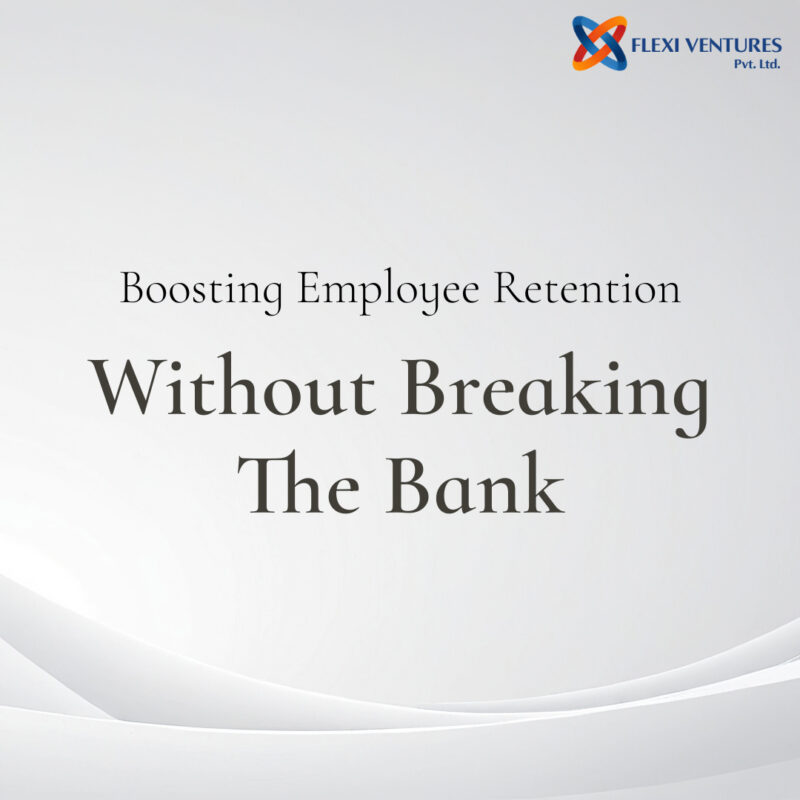Employee burnout isn’t just an individual issue—it’s a widespread business challenge with long-term consequences. When employees experience chronic stress, exhaustion, and detachment, their motivation, engagement, and overall job performance suffer. This decline in productivity can spread across teams, disrupting workflows, increasing errors, and reducing innovation. High burnout levels also contribute to higher absenteeism and turnover, which forces HR teams to spend more time and resources on hiring and training replacements.
From a financial standpoint, burnout leads to significant costs—studies estimate that workplace stress costs businesses over $300 billion annually due to lost productivity, healthcare expenses, and turnover. Additionally, a disengaged workforce negatively affects company culture, decreasing morale and collaboration. To combat burnout, HR leaders must implement proactive strategies, such as promoting work-life balance, fostering psychological safety, and providing wellness initiatives. Addressing burnout early improves employee well-being and strengthens organizational resilience, ensuring long-term success.
What Is Employee Burnout?
Employee burnout is a state of chronic stress that goes beyond temporary fatigue, leading to severe emotional and physical exhaustion. It manifests as detachment from work, increasing cynicism, and a declining sense of personal accomplishment. While short-term stress is common in any job, burnout arises when excessive workloads, unclear expectations, or a lack of managerial support persist. Employees experiencing burnout often struggle with motivation, feel undervalued, and lose engagement in their tasks. This can result in reduced productivity, poor decision-making, and a higher likelihood of errors. Over time, prolonged burnout impacts individuals and entire teams, leading to lower morale and increased absenteeism. It can contribute to high turnover rates and significant organizational costs if left unaddressed. Employers must proactively address burnout by fostering a supportive work environment, ensuring manageable workloads, and promoting employee well-being to maintain a productive and engaged workforce.
The Impact of Burnout on Work Performance
- Declining Productivity
Burnout leads to mental and physical exhaustion, making it difficult for employees to stay focused and complete tasks efficiently. Even simple responsibilities take longer, as fatigue and stress slow cognitive function and decision-making. Burned-out employees struggle to meet deadlines and maintain productivity, forcing their teammates to take on additional workloads. This creates a domino effect across teams, increasing overall inefficiencies and reducing the organization’s ability to meet its goals. - More Mistakes and Lower Work Quality
Exhaustion and chronic stress increase the likelihood of errors, as employees have trouble concentrating and retaining information. Missed deadlines, inaccuracies, and decreased attention to detail can lead to financial losses, strained client relationships, and reputational damage. In high-stakes industries like healthcare, finance, and technology, mistakes caused by burnout can have severe consequences, including safety risks and compliance violations. - Decreased Creativity and Problem-Solving Ability
A stressed and overwhelmed mind struggles to think critically or innovatively. Employees experiencing burnout often lack the energy and mental clarity to generate new ideas, problem-solve effectively, or adapt to changing business needs. Teams that rely on creativity and strategic thinking may experience stagnation, limiting an organization’s ability to remain competitive. - Higher Absenteeism and Turnover
As burnout intensifies, employees take more sick days to recover, further impacting team productivity. In severe cases, they resign, leading to high turnover rates. The cost of recruiting, hiring, and training new employees can be substantial, making burnout a major financial strain on businesses.
While burnout affects individual performance, its hidden costs extend throughout the organization. Employees experiencing burnout are 63% more likely to take sick days and 2.6 times more likely to seek new job opportunities. This leads to increased turnover, missed deadlines, and declining morale, all of which contribute to rising operational costs.
Workplace stress is estimated to cost businesses over $300 billion annually due to absenteeism, turnover, lost productivity, and other related expenses. The financial impact of burnout goes beyond immediate performance concerns—it poses a significant threat to a company’s long-term success and stability.
Conclusion
Employee burnout isn’t just an HR challenge—it’s a critical business risk that impacts productivity, engagement, and financial performance. Left unchecked, burnout leads to higher absenteeism, increased turnover, and a decline in work quality, all of which strain company resources and morale. Organizations that prioritize employee well-being through proactive policies, such as workload management, flexible work arrangements, and mental health support, can mitigate these risks. A culture that promotes work-life balance, recognition, and open communication helps prevent burnout and fosters a more engaged workforce. By addressing burnout early and creating a supportive work environment, businesses can enhance performance, retain top talent, and sustain long-term success.
For more information on HR consulting or support services visit our website.
Visit our Website – www.flexiventures.in
Call – 8080100001

